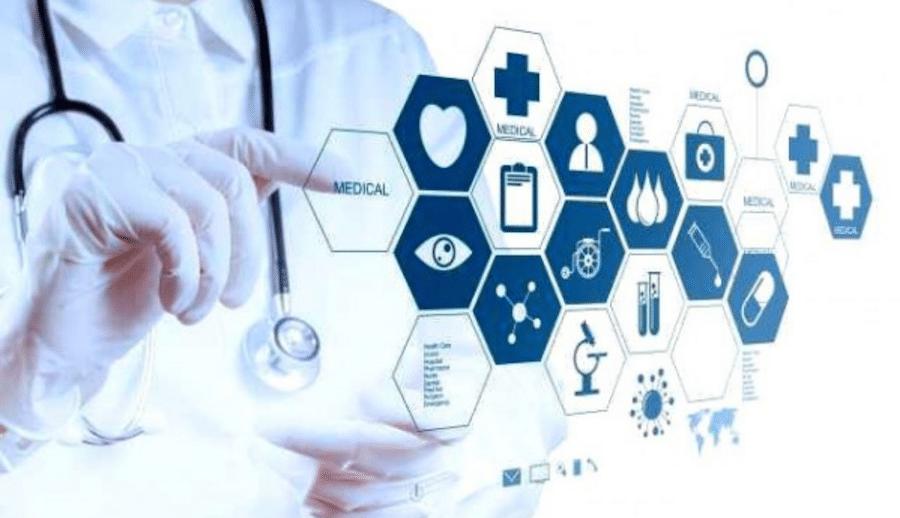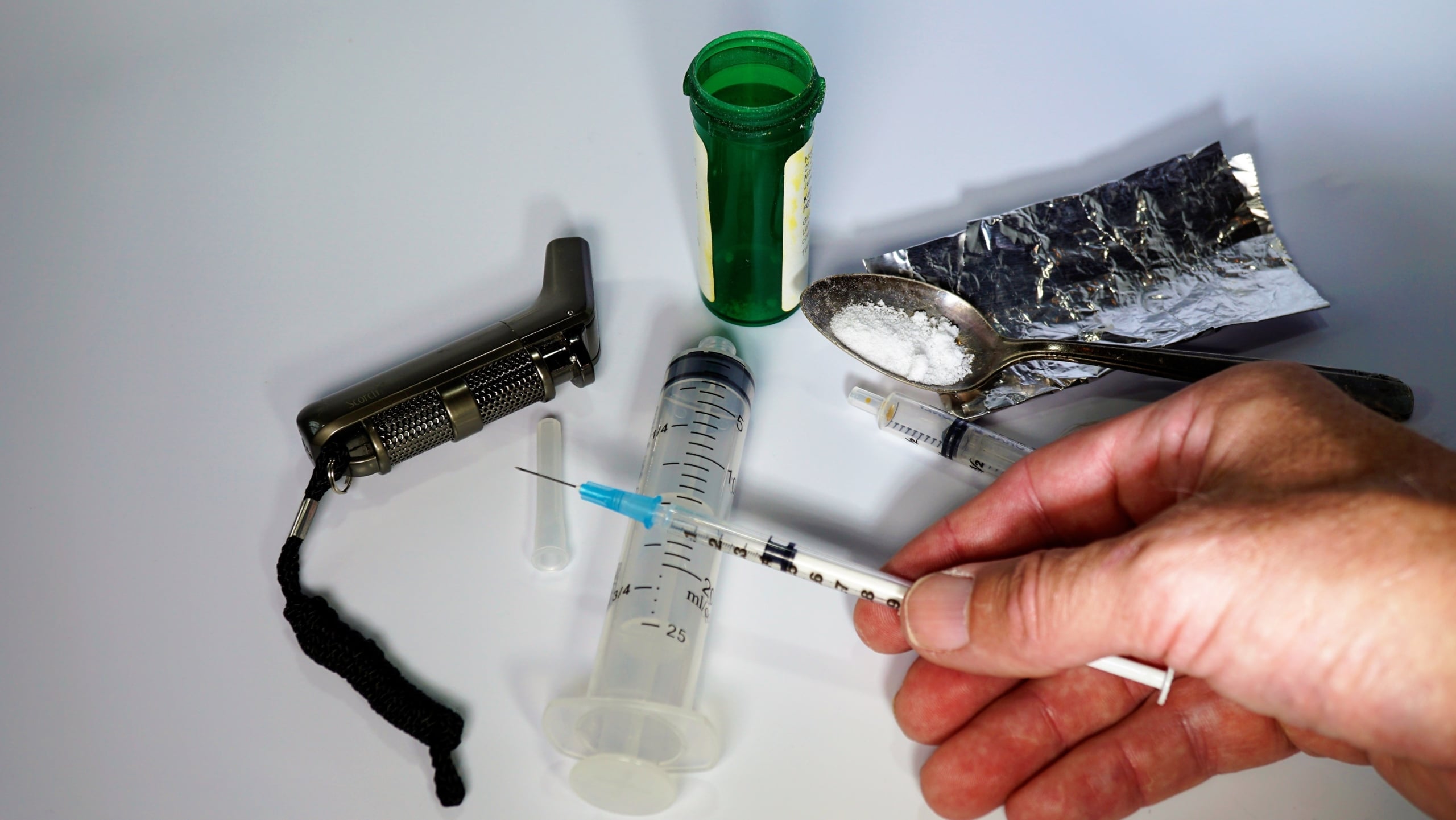AI and Machine Learning for Clinical Trials – Examining 3 Current Applications
The clinical trial is a foundational pillar of the pharmaceutical drug discovery process. Essentially, clinical trials are research studies which seek…

•


Kumba is an AI Analyst at Emerj, covering financial services and healthcare AI trends. She has performed research through the National Institutes of Health (NIH), is an honors graduate of Rensselaer Polytechnic Institute and a Master’s candidate in Biotechnology at Johns Hopkins University.
The clinical trial is a foundational pillar of the pharmaceutical drug discovery process. Essentially, clinical trials are research studies which seek…

•

In this article, we present representative examples of virtual medical assistants that could help with transcription, information search and health record…

•

Health insurance is a critical component of the healthcare industry with private health insurance expenditures alone estimated at $1.1 billion in…

•

According to the U.S. Department of Health and Human Services, the progress of the value-based healthcare delivery system in the U.S.…

•

The healthcare industry is evolving into an increasingly digital environment, and as a result cybersecurity continues to be a top priority…

•

The opioid overdose crisis continues to maintain a strong grip on the nation. According to the National Institute on Drug Abuse…

•

Hearing loss is a condition affecting an estimated 48 million individuals in the U.S. While the degree of severity may vary…

•
